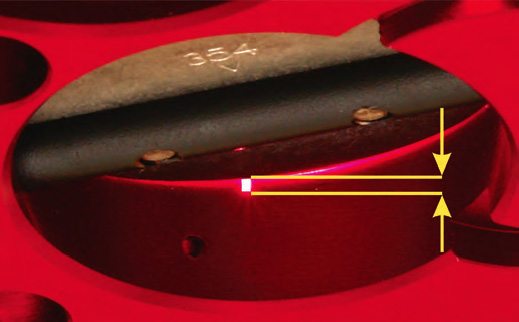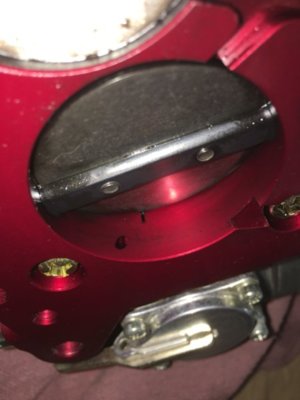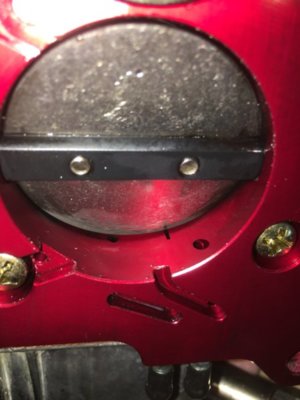69clone
Well-Known Member
ok I’m running out of ideas. I really don’t know my way around a carb especially one like my quickfuel 880 with 4 corner idle and stuff. So I’m hoping one of y’all can help guide me in the right direction otherwise only other option I can think of is taking it to the dyno shop and paying them 400+ 150 an hour to tune the carb...
I know it’s running rich when I pull the plugs they’re soaked and black. There’s a lot a ton of soot under the car (open headers). I have an o2 gauge that works when I test it using brake cleaner but goes max rich as soon as it starts. I tried doing minor adjusting to the entire carb and even put all new gaskets and diaphragm. All I can think of right now is the butterfly is open too much and it’s not running on the idle bleed? I have the floats set to the very bottom of the sight glasses and it starves for fuel now when I give it gas. Fuel pressure is set at 6lb.
I don’t know if it’s related but ever since I tinkered with the carb and put new gaskets it randomly back fires through the carb.
I know it’s running rich when I pull the plugs they’re soaked and black. There’s a lot a ton of soot under the car (open headers). I have an o2 gauge that works when I test it using brake cleaner but goes max rich as soon as it starts. I tried doing minor adjusting to the entire carb and even put all new gaskets and diaphragm. All I can think of right now is the butterfly is open too much and it’s not running on the idle bleed? I have the floats set to the very bottom of the sight glasses and it starves for fuel now when I give it gas. Fuel pressure is set at 6lb.
I don’t know if it’s related but ever since I tinkered with the carb and put new gaskets it randomly back fires through the carb.


















